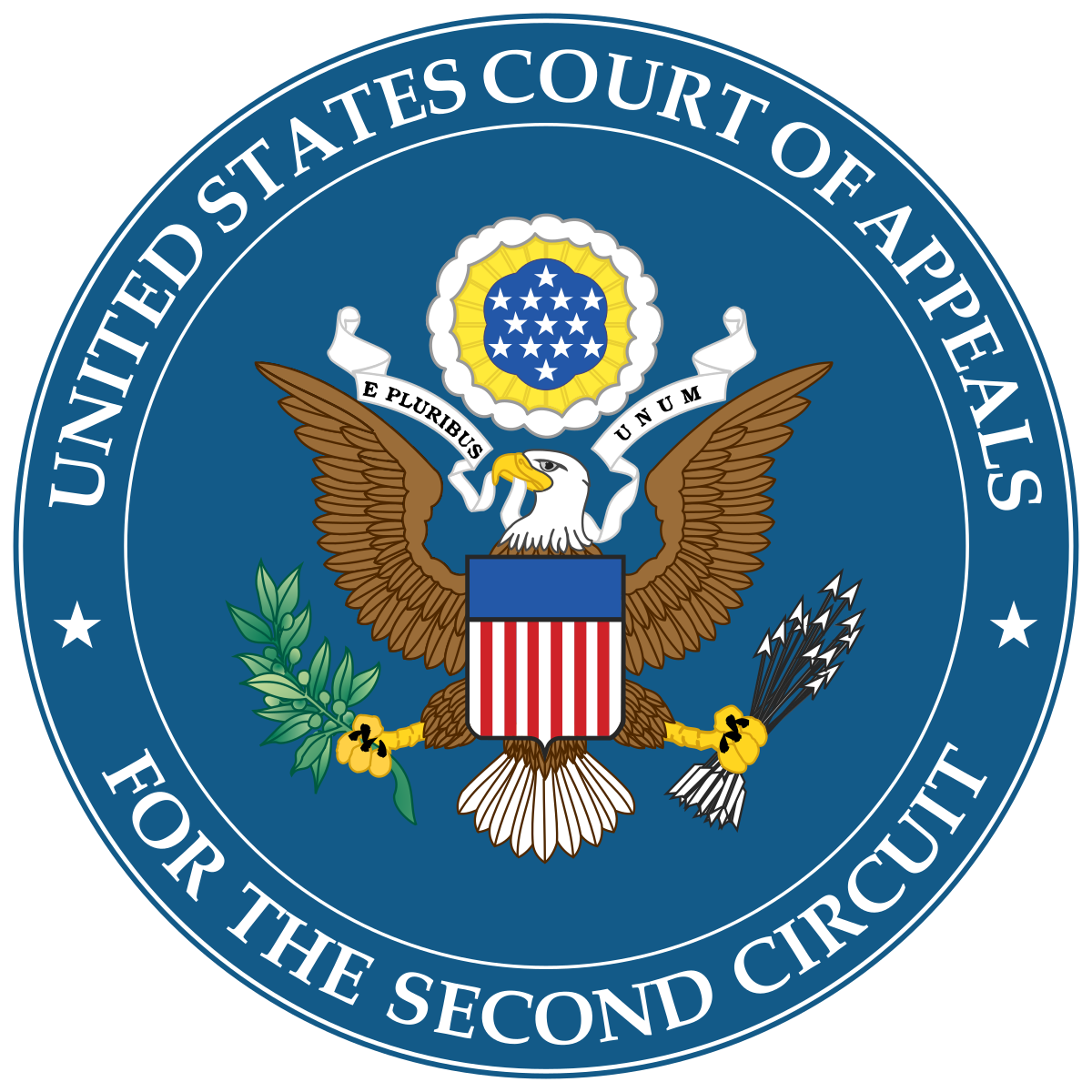Originally published on Forbes.com June 2nd, 2013
The passing of John Bierwirth, who led the Grumman Corporation in the seventies and eighties inspired me to fire up the wayback machine. Mr. Bierwirth did not show up in any published tax decisions, but there is an interesting pension decision that features him. That would be Raymond J. Donovan Secretary of Labor v. John C. Bierwirth et.al. which was decided by the Second Circuit in 1985. The suit by DOL against Mr. Bierwirth and other trustees of the Grumman Corporation Pension Plan was collateral damage from the fight to fend off a take-over attempt by conglomerate LTV.
On September 24, 1981, the LTV Corporation (”LTV”) made a tender offer for a controlling interest in Grumman Corporation at a price of $45 per share. At that time, the Plan held approximately 525,000 shares of Grumman stock. The Trustees, who were also highranking officials of Grumman, determined not to tender any of these shares and on October 12 and 13 used Plan funds to purchase 1,158,000 additional shares of Grumman stock at the prevailing market price in an effort to defeat the tender offer. The day before the tender offer was announced, Grumman stock sold for $26.75 per share. The next day, after announcement of the tender offer, the price rose to $35.88 per share. On October 12 and 13, when the Trustees made the purchases, Grumman stock was selling at $36 to $39.75 per share; the average price paid by the Plan was $38.34.
If you thought the tender offer was going to go through, then buying shares at around $36 per share seemed like a good deal. Of course, if you thought the tender offer were going to fail then it was not such a good deal, since you would expect the stock to drop back down to the mid-twenties. So why would somebody go buy the stock and try to make the take-over fail ? It does not seem like a sensible strategy for the trustees. Of course, they were not thinking just as trustees. Unfortunately, that is exactly how DOL thought they should be thinking.
The Second Circuit disagreed with a finding of the District Court that there had been no damages to the trust, because the Grumman stock it purchased was ultimately sold at a profit. No harm, no foul. Department of Labor wanted the measure of damage to be the presumptive premium in fair market value that the pending takeover bid had created. That would have been a nasty result.
The Circuit instead required the District Court to make a hypothetical computation:
In determining what the Plan would have earned had the funds been available for other Plan purposes, the district court should presume that the funds would have been treated like other funds being invested during the same period in proper transactions. Where several alternative investment strategies were equally plausible, the court should presume that the funds would have been used in the most profitable of these. The burden of proving that the funds would have earned less than that amount is on the fiduciaries found to be in breach of their duty. Any doubt or ambiguity should be resolved against them.
I could see how I could get to like being a Circuit judge. You get to think up complicated computations and then tell somebody else that they have to figure them out.
This case was relatively early in the history of ERISA. You have to wonder whether, in the heat of fending off a takeover attempt, it even crossed the mind of Mr. Bierwirth and the other trustees that using the pension assets for that purpose was even ethically dubious, much less something that opened them to personal liability. I remember that around that time, our firm was still doing Form 5500 for client pension funds. A new hire had worked for DOL for a while, so it seemed natural to assign them to him. From what I could gather from my lowly viewpoint at the entry level that turned out to be a terrible error, since he knew what all the questions meant and was pro-actively trying to answer them thoroughly. That observed experience gave me an aversion to Form 5500, that served me well for the rest of my career.
You can follow me on twitter @peterreillycpa.































































































